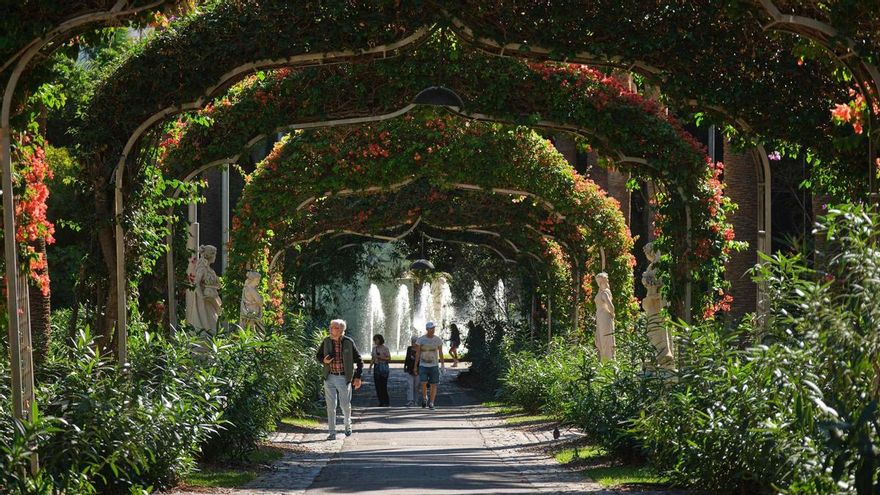Greening the Canary Islands: A Vision for Urban Nature
A pioneering project aims to seamlessly integrate nature into towns and cities across the Canary Islands, allowing native species to reclaim urban green spaces. Spearheaded by the Canary Islands Government’s Department of Territorial Policy and implemented by public company Gesplan, this initiative will soon introduce a comprehensive manual—available in both print and digital formats—to guide municipalities in creating urban landscapes that harmoniously blend architecture with gardens and parks.
Native Species Take Center Stage
The manual features detailed technical profiles of indigenous Canary Island plants like dragon trees, junipers, Canary pines, and holly trees, carefully selected for their suitability in urban landscaping. Primarily targeting municipal technicians, architects, and urban planners, this resource provides expert guidance on incorporating native flora adapted to each island’s unique microclimates.
Transforming Concrete Jungles into Green Oases
“We’re working to adapt our cities by creating more green, shaded areas using ecologically appropriate native species,” explains Onán Cruz, General Director of Territorial Organization. The initiative draws inspiration from successful examples like Santa Cruz de Tenerife’s García Sanabria Park (an urban botanical garden), Las Palmas de Gran Canaria’s Doramas Park (blending gardens with sculptures and ponds), and Tenerife’s La Granja Park (combining leisure and sports areas).
Solving Urban Challenges with Nature
The manual addresses common urban issues like damaged sidewalks and roads caused by inappropriate tree root systems. “Current planting methods often use undersized containers that can’t properly accommodate root growth,” Cruz notes. The guide meticulously details each plant’s characteristics—from shade density and flowering patterns to water requirements—helping planners make informed choices.
A Two-Part Guide for All Altitudes
This two-year project has resulted in two specialized catalogs of native vegetation for urban environments. The first volume, launching soon, covers municipalities from sea level to 300 meters altitude. A second installment, expected next year, will address higher elevation areas above 300 meters. To maximize accessibility, the team is developing a user-friendly digital platform. “Printing copies for everyone who needs it would be impractical, so we’re creating an online resource for easy consultation,” Cruz explains.
Creating Multifunctional Urban Spaces
While adoption remains voluntary, the guide serves as a valuable reference for municipalities looking to expand green spaces—a pressing need in tourism-heavy areas like Teror, Las Palmas de Gran Canaria, Santa Cruz de Tenerife, and Puerto de la Cruz. Beyond environmental benefits, the project generates employment opportunities in maintenance, pest control, and even cultivation of endangered native species. “From day one, this initiative has created jobs, and more opportunities will emerge as we implement these plans,” Cruz adds.
A Blueprint for Healthier Cities
This forward-thinking approach promotes the creation of multifunctional spaces that offer shade, therapeutic benefits, and recreational opportunities for all ages. By prioritizing native vegetation, the Canary Islands are setting a new standard for sustainable urban development that respects local ecosystems while enhancing quality of life for residents and visitors alike.

